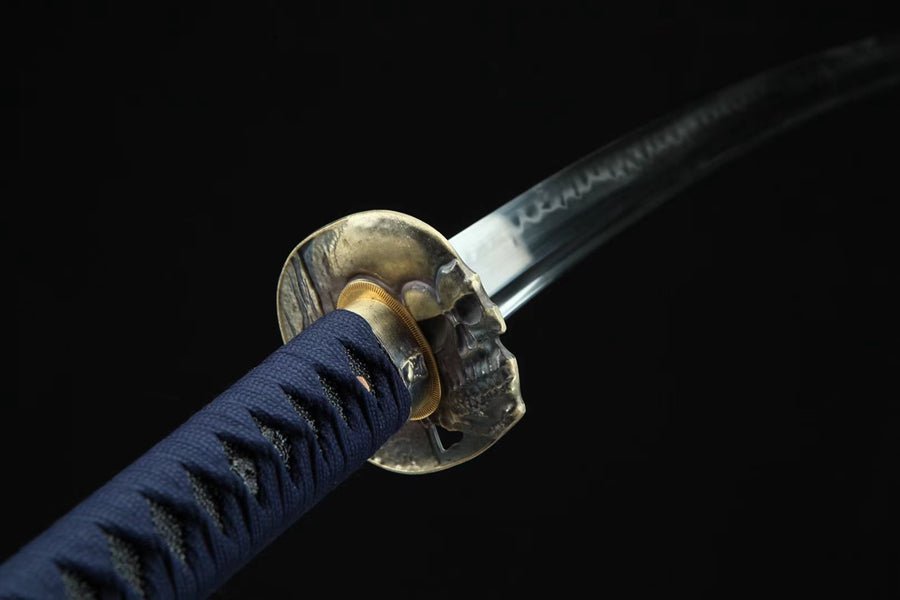The Legendary Swordsmith: A Glimpse into the Life of Ichimonji
Japan's rich history is deeply intertwined with the art of sword making, and among the most revered swordsmiths stands Ichimonji, a name synonymous with craftsmanship and tradition. The Ichimonji School, originating in the Kamakura period (1185-1333), is renowned for producing some of the finest and most sought-after samurai swords in history.
The Birth of a Legend
The Ichimonji name traces back to a group of master swordsmiths who flourished in the Bizen province (modern-day Okayama Prefecture). The name "Ichimonji," meaning "one character," symbolizes the simplicity and purity of their craft. Each sword bore a single, distinct character as a signature, representing the unity and excellence of their work.
The Art of Perfection
Ichimonji swords are celebrated for their exceptional quality and beauty. These swords were crafted using traditional Japanese techniques, which involved folding and hammering the steel repeatedly to create a blade with unmatched strength and sharpness. The meticulous process could take weeks or even months, with every step requiring precision and patience.
The blades were not only functional but also works of art. The hamon, a visible pattern on the blade resulting from differential hardening, was often intricate and aesthetically pleasing. Each hamon was unique, reflecting the individual style and skill of the swordsmith.
A Tale of Honor and Valor
One of the most captivating stories from the Ichimonji legacy is that of the sword known as "Dojigiri Yasutsuna." This legendary blade is one of the "Five Swords Under Heaven," a group of the most famous and revered swords in Japanese history. It was said to have been wielded by the legendary warrior Minamoto no Yorimitsu, also known as Raikō, who used it to slay the monstrous Shuten-dōji.
According to the tale, Shuten-dōji was a fearsome demon who terrorized Kyoto. Raikō and his band of warriors, disguised as mountain priests, infiltrated the demon's lair on Mount Ōe. During a night of revelry, they managed to get Shuten-dōji drunk. As the demon slept, Raikō drew the Dojigiri Yasutsuna and decapitated Shuten-dōji in a single, swift stroke. The blade's sharpness and the warrior's skill were immortalized in this heroic feat, cementing the sword's place in history.
Legacy and Influence
The influence of the Ichimonji School extends beyond the Kamakura period. Their techniques and styles were passed down through generations, shaping the evolution of Japanese sword-making. Collectors and historians continue to seek out Ichimonji swords for their historical significance and exquisite craftsmanship.
Today, Ichimonji swords are treasured artifacts, often displayed in museums and private collections around the world. They serve as a testament to the skill and dedication of the ancient swordsmiths and a reminder of Japan's rich cultural heritage.
Conclusion
The story of Ichimonji is more than just the tale of a swordsmith; it is a reflection of Japan's samurai spirit and the relentless pursuit of perfection. Through their masterful creations, the Ichimonji swordsmiths have left an indelible mark on history, one that continues to captivate and inspire sword enthusiasts and historians alike.
By delving into the fascinating history of Ichimonji, we gain a deeper appreciation for the artistry and tradition that define Japanese sword-making. Each blade tells a story, a narrative of honor, bravery, and unmatched craftsmanship that transcends time.

